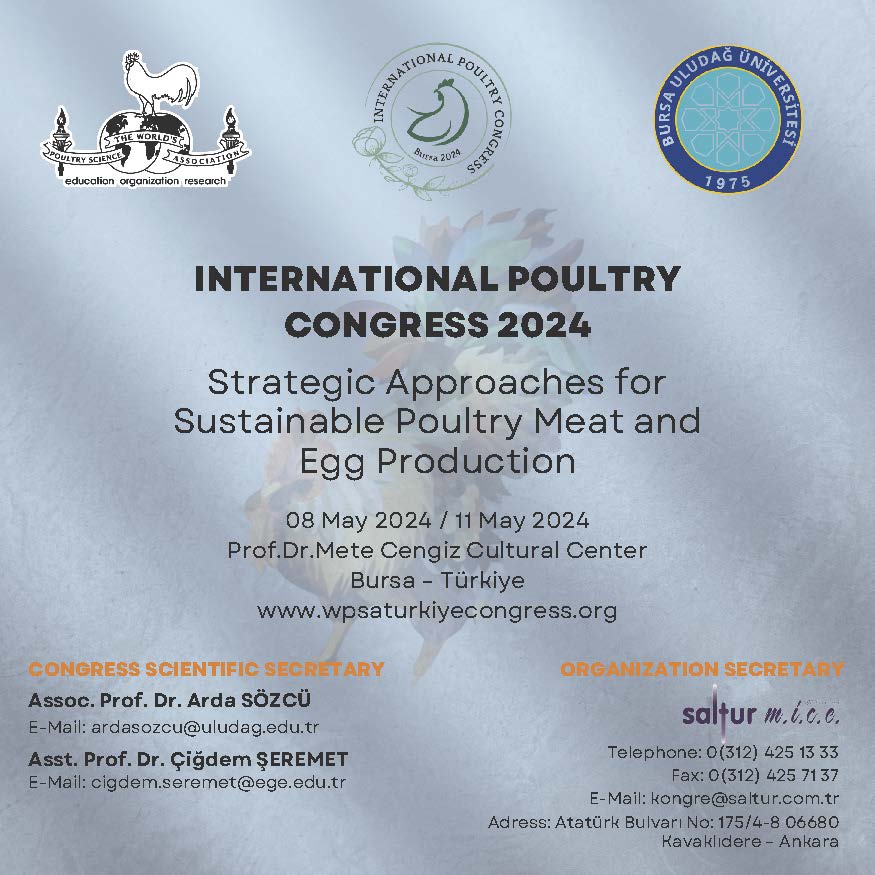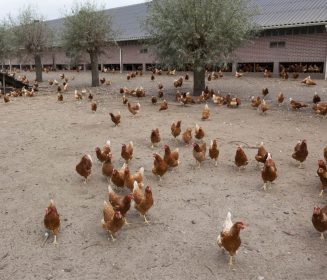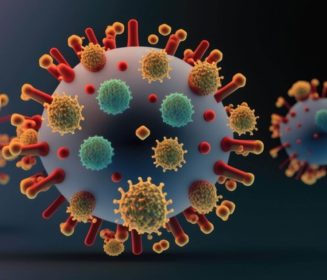Waterfowl hatcheries are mimicking natural conditions
Contenido disponible en: العربية (Arabic)According to Pas Reform Academy senior hatchery specialist Maciej Kolancyk, hatchery programs and procedures for ducks […]
According to Pas Reform Academy senior hatchery specialist Maciej Kolancyk, hatchery programs and procedures for ducks and geese are largely based on traditions and years of local practices, due to the fact that the waterfowl species sector represents a small fraction of the poultry industry, with only very few hatcheries specializing in their production.
Usually, people try to mimic the same conditions found in nature, where waterfowls nest close to water bodies, and a brooding female returns to the nest from the water wet and chilled. It would seem that these conditions help hatchability, as it is rare to find unhatched eggs in the nests of wild ducks or geese, Kolanczyk said.
For this reason, spraying eggs during incubation became a standard procedure between days 10 and 14 and is continued until transfer time. Trolleys must be moved out of the setter; the eggs are sprayed with lukewarm or cold water and then returned to the setter.
Generally, two types of trays are in use: plastic trays, where the eggs stand upright, and metal-wire trays where the eggs lie flat or are half-tilted. Some goose hatcheries claim that the combination of spraying and turning the eggs manually has a positive impact, Kolanczyk reported. However, this can be quite labor intensive and can be a problem as hatcheries are getting bigger and labor costs are getting higher.
Waterfowl hatcheries are looking for better answers to the fundamental questions: What is the actual effect of the spraying? Does it simply cool the eggs down or does it have another function? And is it necessary?
Duck and geese eggs differ physically from chicken eggs. They have a very tightly formed cuticle that protects them from the humid environment and potential infections. However, this "tightness" impedes the exchange of gases and water evaporation. The overall structure of the cuticle must be loosened early to allow for a sufficient gas exchange, promoting embryonic development as well as the formation of an air cell big enough to facilitate hatching, Kolanczyk explained.
He also added that nature can be bypassed by removing the cuticle via washing the eggs with a sodium hypochlorite solution in a specialized washer under strictly controlled conditions. However, the removal of the cuticle will render the eggs more vulnerable to infections, so the hygiene in the hatchery needs to be perfect.
Some hatcheries are also using a single-stage incubation, where setter inlets, outlets and door are fully sealed for the first 14-17 days, Kolanczyk said, making it another solution for the above-mentioned biosecurity measures. Eggs must be clean, fresh and good quality, but not disinfected. As long the ventilation remains closed, humidity maintained at 80% minimum and the carbon dioxide concentration can rise as high as 1%, no spraying will be practiced later on, he said. This system leads to surprisingly good hatch results.
The cooling effect of spraying is most likely irrelevant, he said, as chemically washed eggs hatch well without spraying.
Source: https://www.feedstuffs.com/nutrition-health/duck-goose-hatcheries-replicate-natural-conditions








































